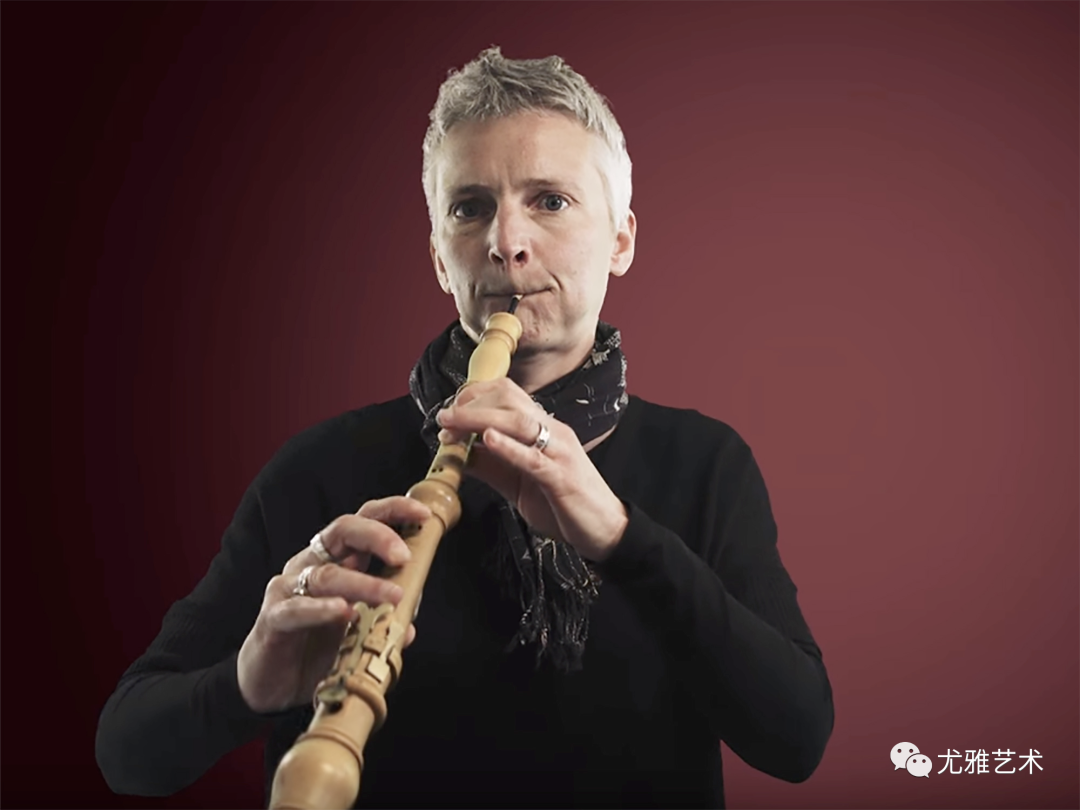明亮而有穿透力的木管乐器--双簧管
佚名 网络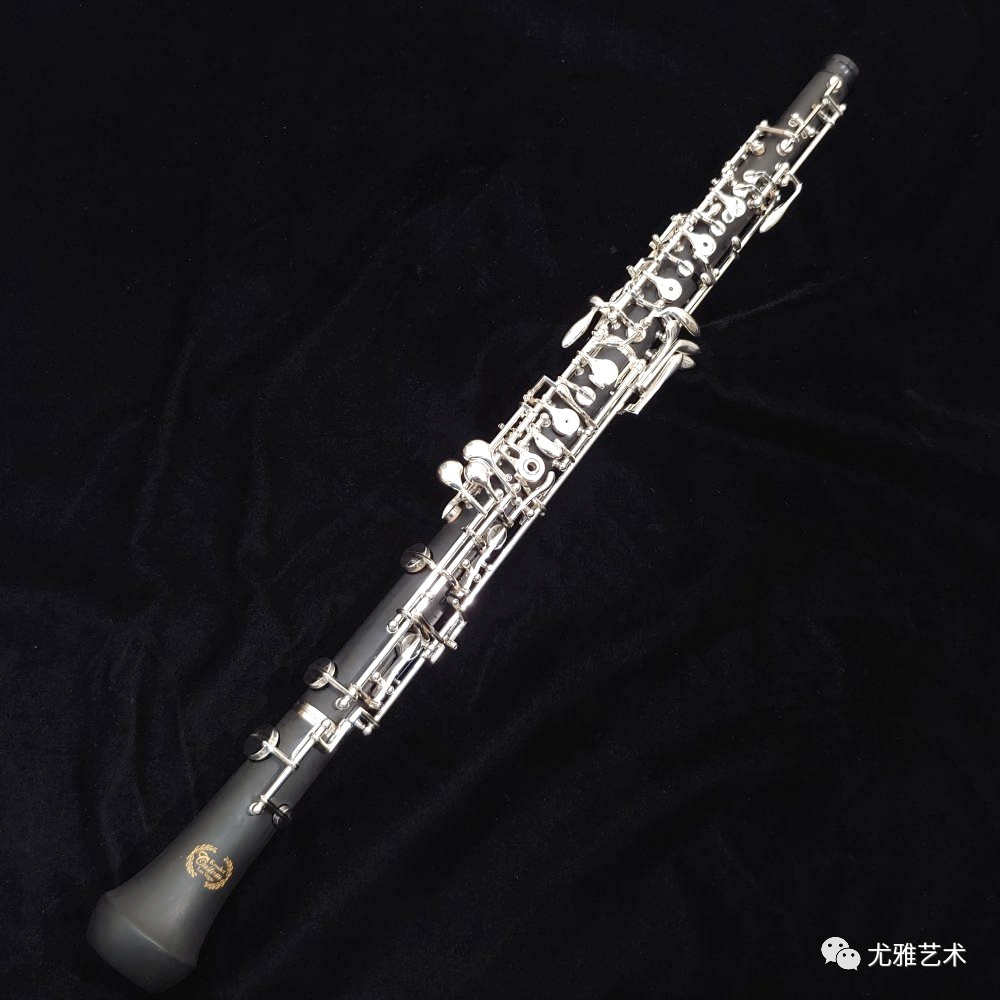
双簧管(/ˈoʊboʊ/ OH-boh)是一种双簧管木管乐器。 双簧管通常由木头制成,但也可以由合成材料制成,例如塑料、树脂或混合复合材料。 最常见的双簧管使用高音谱号在 C 中演奏,但双簧管家族的其他成员使用不同的键演奏,例如 F 键的英国圆号。双簧管家族中的所有双簧管都以高音谱号读取,无论范围如何 让双簧管演奏者能够有效地阅读所有双簧管家族乐器。The oboe (/ˈoʊboʊ/ OH-boh) is a type of double reed woodwind instrument. Oboes are usually made of wood, but may also be made of synthetic materials, such as plastic, resin, or hybrid composites. The most common oboe plays in C using the treble clef, but other members of the oboe family play in different keys such as the English Horn which is in the key of F. All oboes in the oboe family read in treble clef regardless of range to allow oboists to read on all oboe family instruments effectively.
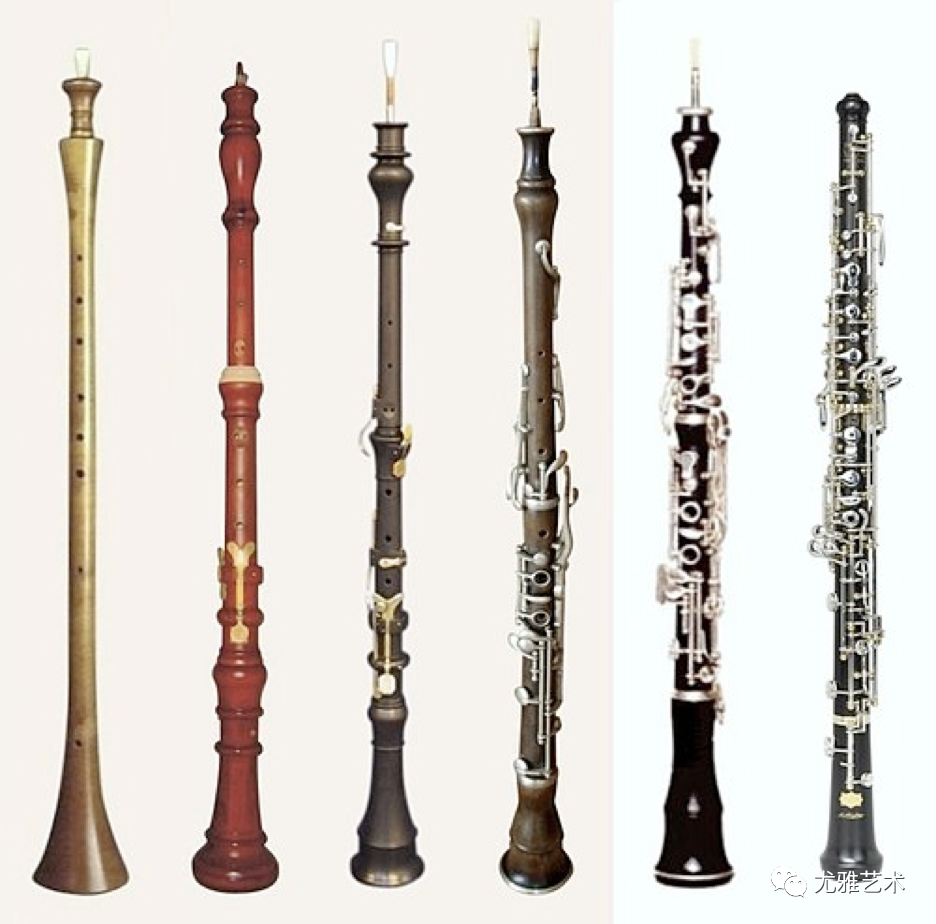
高音双簧管长约 65 厘米(25+1⁄2 英寸),带有金属键、圆锥形孔和喇叭形喇叭口。 声音是通过以足够的气压吹入簧片,使其随气柱振动而产生的。 独特的色调用途广泛,被描述为“明亮”。 当单独使用双簧管这个词时,通常指高音乐器而不是其他家庭乐器,例如低音双簧管、cor anglais(英国号角)或双簧管。A soprano oboe measures roughly 65 cm (25+1⁄2 in) long, with metal keys, a conical bore and a flared bell. Sound is produced by blowing into the reed at a sufficient air pressure, causing it to vibrate with the air column. The distinctive tone is versatile and has been described as "bright". When the word oboe is used alone, it is generally taken to mean the treble instrument rather than other instruments of the family, such as the bass oboe, the cor anglais (English horn), or oboe d'amore.
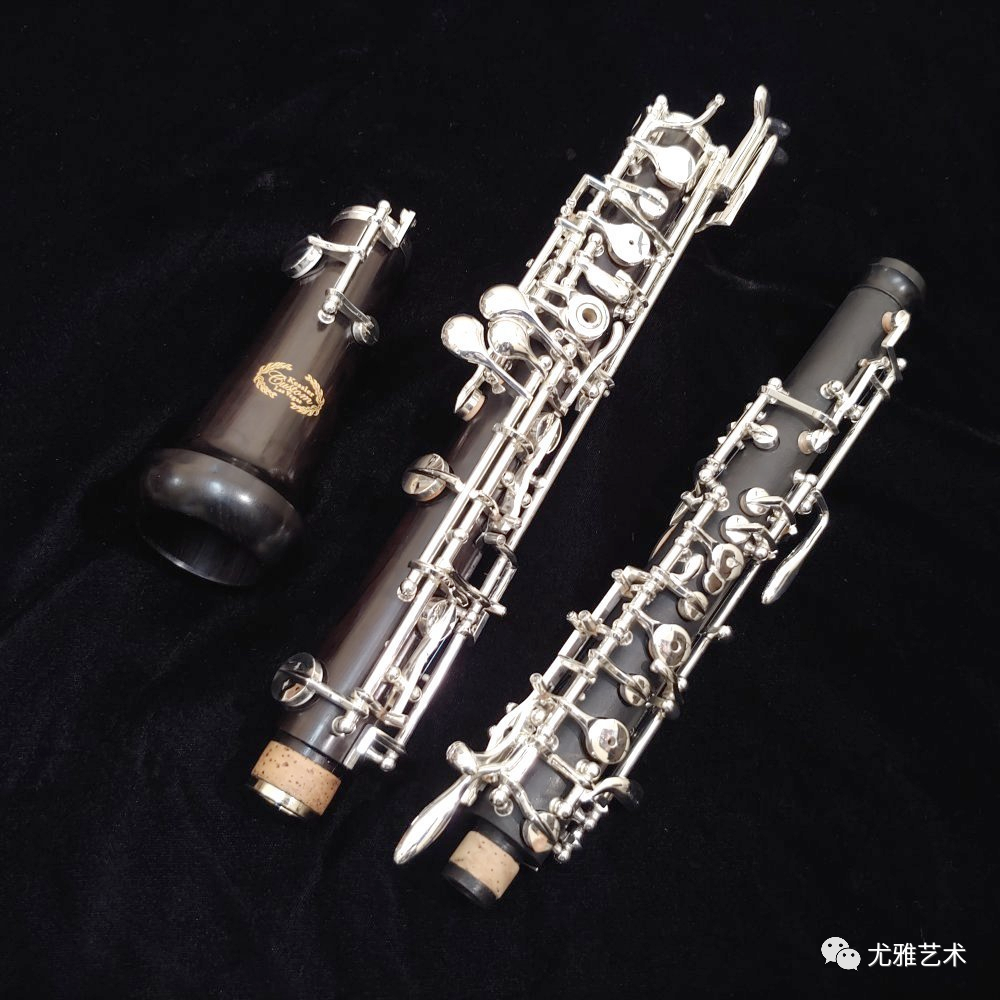
今天,双簧管通常用作交响乐团、管弦乐队和室内乐团的管弦乐器或独奏乐器。 双簧管特别用于古典音乐、电影音乐、一些民谣音乐流派,偶尔也会在爵士乐、摇滚乐、流行音乐和流行音乐中听到。 双簧管被广泛认为是用其独特的“A”调谐管弦乐队的乐器。Today, the oboe is commonly used as orchestral or solo instrument in symphony orchestras, concert bands and chamber ensembles. The oboe is especially used in classical music, film music, some genres of folk music, and is occasionally heard in jazz, rock, pop, and popular music. The oboe is widely recognized as the instrument that tunes the orchestra with its distinctive 'A'.

与其他现代木管乐器相比,高音双簧管有时被称为具有“明亮而有穿透力”的声音。Henry Playford 于 1695 年出版的说明书 The Sprightly Companion 将双簧管描述为“庄严而庄严,而不是 远不如小号”。 在美国的天使剧中,这种声音被描述为“如果鸭子是鸣禽的话,就像鸭子的声音”。 丰富的音色源自其圆锥形孔(与长笛和单簧管的通常圆柱形孔相反)。 因此,由于其具有穿透力的声音,双簧管在大型合奏中比其他乐器更容易听到。 最高音比 B♭ 单簧管名义上的最高音低半音。 由于单簧管的音域更广,B♭ 单簧管的最低音符比双簧管的最低音符明显更深(小六度)。In comparison to other modern woodwind instruments, the treble oboe is sometimes referred to as having a "bright and penetrating" voice.The Sprightly Companion, an instruction book published by Henry Playford in 1695, describes the oboe as "Majestical and Stately, and not much Inferior to the Trumpet". In the play Angels in America the sound is described as like "that of a duck if the duck were a songbird". The rich timbre is derived from its conical bore (as opposed to the generally cylindrical bore of flutes and clarinets). As a result, oboes are easier to hear over other instruments in large ensembles due to its penetrating sound. The highest note is a semitone lower than the nominally highest note of the B♭ clarinet. Since the clarinet has a wider range, the lowest note of the B♭ clarinet is significantly deeper (a minor sixth) than the lowest note of the oboe.
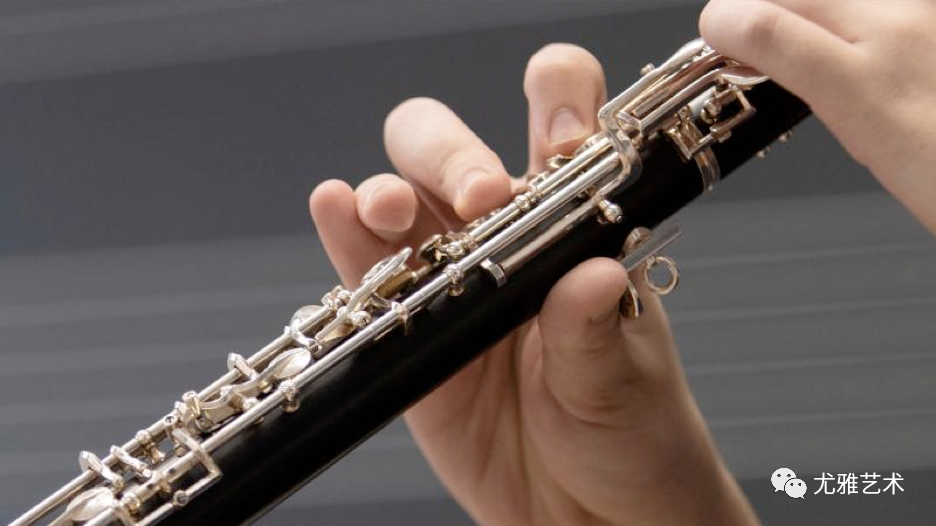
标准双簧管的音乐以音乐会音高书写(即它不是移调乐器),并且该乐器具有高音音域,通常从 B♭3 到 G6。 管弦乐队调到第一双簧管演奏的音乐会 A。 根据美国管弦乐队联盟的说法,这样做是因为音高是安全的,其穿透力的声音使其成为调音的理想选择。 双簧管的音高受簧片制作方式的影响。 簧片对声音有很大的影响。 藤条和其他建筑材料的变化、芦苇的年龄以及刮痕和长度的差异都会影响音高。 例如,德国和法国的簧片在很多方面都不同,因此声音也会相应地发生变化。 温度和湿度等天气条件也会影响球场。 熟练的双簧管演奏者会调整他们的口型以补偿这些因素。 对口型和气压的微妙操纵使双簧管能够表达音色和动态。Music for the standard oboe is written in concert pitch (i.e., it is not a transposing instrument), and the instrument has a soprano range, usually from B♭3 to G6. Orchestras tune to a concert A played by the first oboe. According to the League of American Orchestras, this is done because the pitch is secure and its penetrating sound makes it ideal for tuning. The pitch of the oboe is affected by the way in which the reed is made. The reed has a significant effect on the sound. Variations in cane and other construction materials, the age of the reed, and differences in scrape and length all affect the pitch. German and French reeds, for instance, differ in many ways, causing the sound to vary accordingly. Weather conditions such as temperature and humidity also affect the pitch. Skilled oboists adjust their embouchure to compensate for these factors. Subtle manipulation of embouchure and air pressure allows the oboist to express timbre and dynamics.
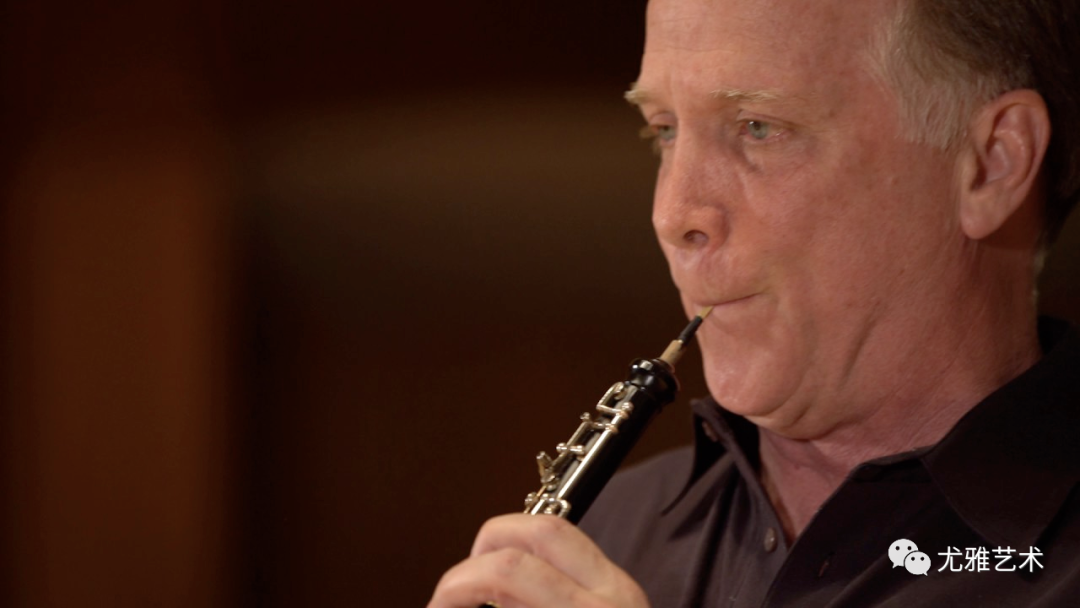
在英语中,1770 年之前,标准乐器被称为 hautbois、hoboy 或法语 hoboy (/ˈhoʊbɔɪ/ HOH-boy)。 这是从法语名称 hautbois [obwɑ] 借来的,它是由 haut(“高”、“响亮”)和 bois(“木头”、“木管乐器”)组成的复合词。 法语单词在英语中的意思是“高音木管乐器”。 双簧管的拼写被采用为英语c。 1770年源自意大利语oboè,是17世纪法语名字发音的音译。In English, prior to 1770, the standard instrument was called a hautbois, hoboy, or French hoboy (/ˈhoʊbɔɪ/ HOH-boy). This was borrowed from the French name, hautbois [obwɑ], which is a compound word made up of haut ("high", "loud") and bois ("wood", "woodwind"). The French word means 'high-pitched woodwind' in English. The spelling of oboe was adopted into English c. 1770 from the Italian oboè, a transliteration of the 17th-century pronunciation of the French name.

普通双簧管最早出现在 17 世纪中叶,当时它被称为 hautbois。 这个名字也用于它的前身 shawm,hautbois 的基本形式就是从中衍生出来的。 两种乐器之间的主要区别包括将 hautbois 分为三个部分或接头(这样可以更精确地制造),以及取消了脚尖旋转,即簧片下方的木制壁架,让演奏者可以休息他们的嘴唇。The regular oboe first appeared in the mid-17th century, when it was called a hautbois. This name was also used for its predecessor, the shawm, from which the basic form of the hautbois was derived. Major differences between the two instruments include the pision of the hautbois into three sections, or joints (which allowed for more precise manufacture), and the elimination of the pirouette, the wooden ledge below the reed which allowed players to rest their lips.

hautbois 的确切日期和原产地以及负责的个人都不清楚。 间接证据,例如长笛作曲家米歇尔·德拉巴雷在他的回忆录中的陈述,指向了菲利多 (Filidor) 和霍特泰尔 (Hotteterre) 家族的成员。 该仪器实际上可能有多个发明者。 hautbois 迅速传遍整个欧洲,包括英国,在那里它被称为 hautboy、hoboy、hautboit、howboye 以及类似的法语名称变体。 它是早期军乐队的主旋律乐器,直到被单簧管取代。The exact date and place of origin of the hautbois are obscure, as are the inpiduals who were responsible. Circumstantial evidence, such as the statement by the flautist composer Michel de la Barre in his Memoire, points to members of the Philidor (Filidor) and Hotteterre families. The instrument may in fact have had multiple inventors. The hautbois quickly spread throughout Europe, including Great Britain, where it was called hautboy, hoboy, hautboit, howboye, and similar variants of the French name. It was the main melody instrument in early military bands, until it was succeeded by the clarinet.
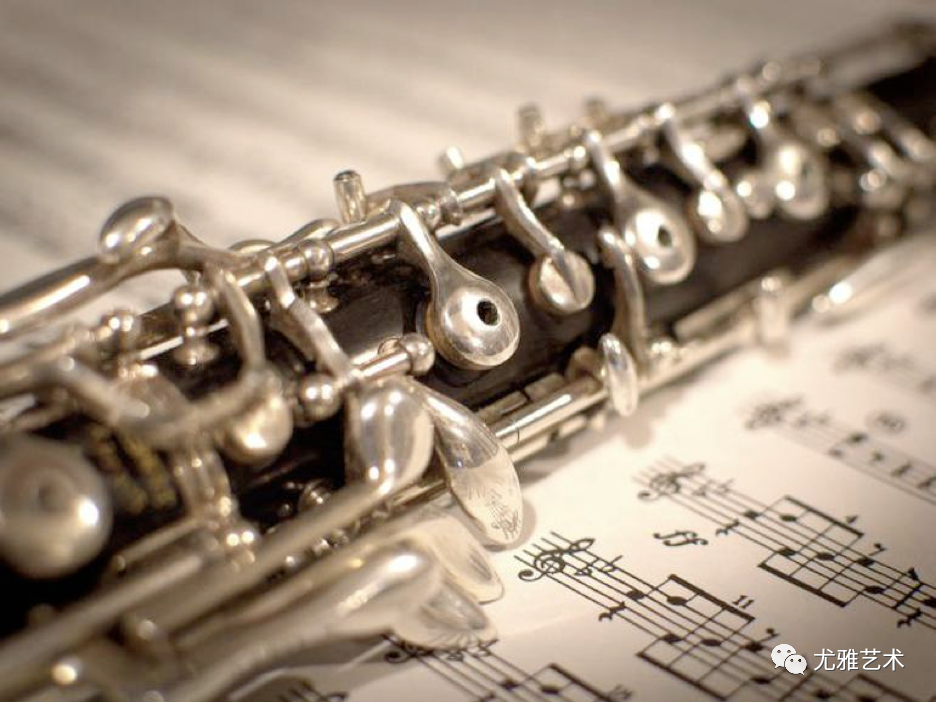
标准的巴洛克双簧管通常由黄杨木制成,具有三个键:一个“大”键和两个侧键(侧键通常是双倍的,以方便右手或左手在底孔上使用)。 为了产生更高的音调,演奏者必须“过度吹奏”,或增加气流以达到下一个泛音。 这一时期著名的双簧管制造商是德国人 Jacob Denner 和 J.H. Eichentopf 和英国人 Thomas Stanesby(死于 1734 年)和他的儿子 Thomas Jr(死于 1754 年)。 巴洛克双簧管的音域从 C4 轻松扩展到 D6。 随着 20 世纪中叶人们对早期音乐的兴趣重新兴起,一些制造商开始根据幸存的历史乐器的规格制作副本。The standard Baroque oboe is generally made of boxwood and has three keys: a "great" key and two side keys (the side key is often doubled to facilitate use of either the right or left hand on the bottom holes). In order to produce higher pitches, the player has to "overblow", or increase the air stream to reach the next harmonic. Notable oboe-makers of the period are the Germans Jacob Denner and J.H. Eichentopf, and the English Thomas Stanesby (died 1734) and his son Thomas Jr (died 1754). The range for the Baroque oboe comfortably extends from C4 to D6. With the resurgence of interest in early music in the mid-20th century, a few makers began producing copies to specifications taken from surviving historical instruments.
